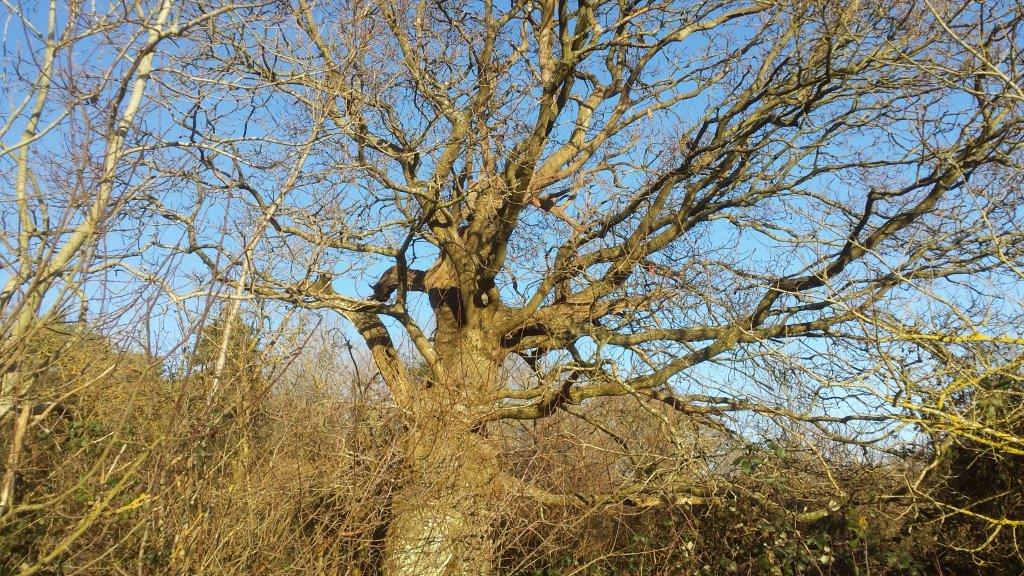Facts stand in the way of any major offline bypass route
... and not just facts but a great variety of species stand in the way of specious arguments about Option A being "just" through conifer plantation - including ancient oaks.

Option A is still the 'least worst' route for a major new offline bypass for Arundel. Option B, with its destructive impact on the small medieval fields, ancient hedges and hedgerow trees, and the Rife valley's rich fenland wildlife habitat, together with its destruction of homes and businesses and impact on the communities of Binsted and Walberton, undoubtedly has a worse environmental and social impact than A.
But have some of us been kidding ourselves that the environmental impact of Option A (the old Pink/Blue) makes it an easy option to advocate? Does it "just" affect an otherwise lifeless conifer plantation? Indeed if it was just that, why would it have been included in the National Park? Emma Tristram wrote a blog on this page showing why it really was included.
Bill Treves also wrote a blog on this page setting out why ancient woodland is still ancient woodland when replanted - the soil flora and many wildlife species and habitats remain. Yesterday I went for a walk to see the place where Option A would enter the "conifer plantation". And found the fact that there is a lot more to the area than conifers, and even where there are conifers they are not densely shading out other species - as can be seen in the photos below.
